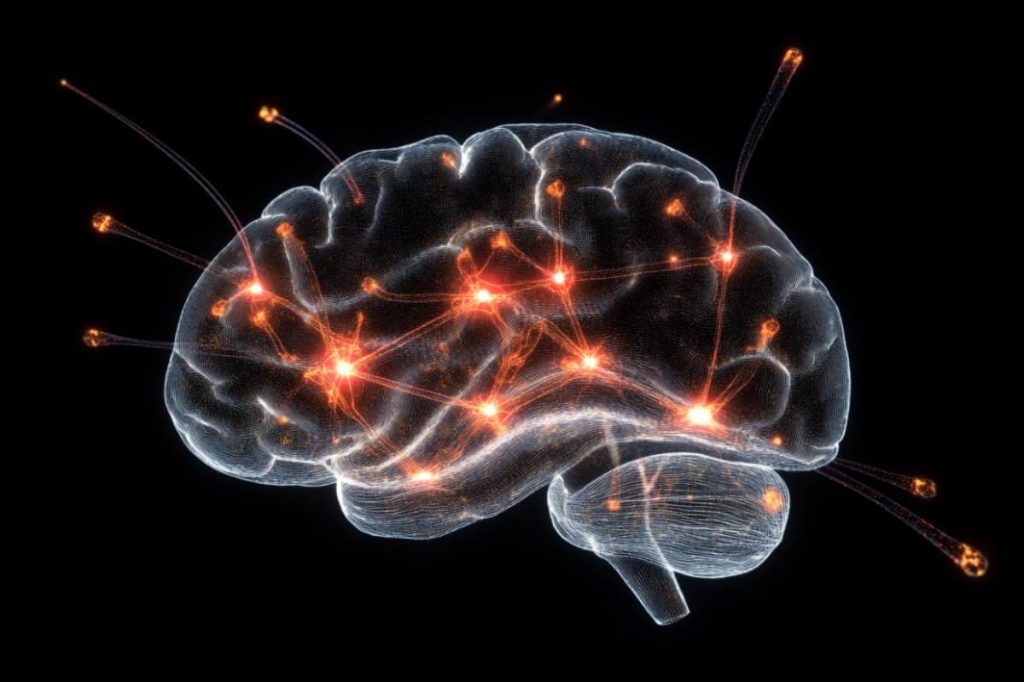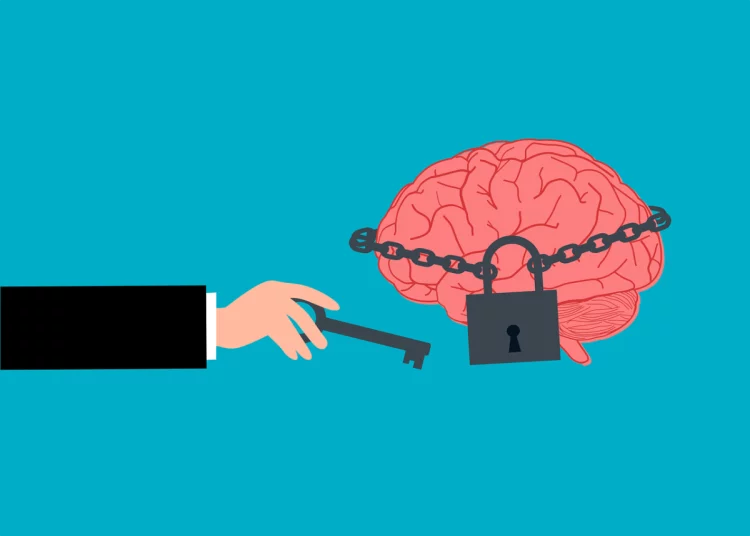Introduction: The Quest for Emotional Stability
In a world where psychological stress has become a constant companion, the ability to build and maintain mental resilience has become a crucial element of overall well-being. Traditional psychological interventions like cognitive behavioral therapy (CBT), mindfulness, and journaling have long served as pillars of emotional health. However, as technology intersects with psychology, new methods are emerging—methods that peek directly into the brain’s electrical activity to decode patterns of emotion, regulation, and resilience. Among these, EEG-based emotional mapping and neuroadaptive feedback systems are leading a quiet revolution in personalized mental health care.
Understanding Brainwaves: The Language of Mental States
The human brain communicates through electrical impulses that occur in distinct patterns, or brainwaves. These brainwaves—delta, theta, alpha, beta, and gamma—correlate with different states of consciousness and mental function. Delta waves are linked to deep sleep, theta with creativity and emotional processing, alpha with relaxed alertness, beta with active thinking and anxiety, and gamma with cognitive integration. By interpreting these patterns, EEG (electroencephalography) provides a real-time glimpse into our inner mental landscape. Mental resilience often reflects a healthy balance between these states, especially in response to emotional stressors.
What Is EEG-Based Emotional Mapping?
Emotional mapping via EEG involves the monitoring and decoding of brainwave activity to identify emotional states such as stress, anxiety, calm, and focus. Advanced algorithms analyze fluctuations in waveforms and correlate them with self-reported mood data or biometric markers like heart rate variability. Some systems overlay this data onto brain maps to visualize areas of dysregulation. The result is a personalized emotional “fingerprint” that offers insights into how an individual uniquely responds to different emotional stimuli. This emotional map then becomes the foundation for personalized interventions aimed at increasing self-awareness, emotional regulation, and mental flexibility.
Traditional Therapy Approaches: Strengths and Limitations
Conventional therapeutic models like talk therapy, mindfulness-based stress reduction (MBSR), and CBT are time-tested and supported by extensive research. These approaches teach coping skills, foster emotional awareness, and challenge maladaptive thought patterns. However, their effectiveness often depends on self-awareness, verbal articulation, and a willingness to engage with uncomfortable material. They can also be slow to produce measurable results in highly dysregulated individuals. Traditional models typically rely on subjective reporting, lacking the capacity to measure brain state changes in real time.
Neuroadaptive Feedback: A Personalized Brain Training Tool
Neuroadaptive feedback—also known as neurofeedback—involves training individuals to regulate their brain activity by giving them real-time visual or auditory feedback. During a neurofeedback session, EEG sensors detect dominant brainwave patterns. When the brain shifts toward a desired state (e.g., from high-beta anxiety to alpha calm), the individual is rewarded through feedback mechanisms like sound cues, visual games, or biofeedback dashboards. Over time, this process teaches the brain to “self-regulate,” improving emotional stability and cognitive flexibility. Neuroadaptive feedback offers a customized, data-driven method to enhance mental resilience by literally rewiring the brain’s stress response pathways.
Comparing Traditional and EEG-Based Approaches
While both traditional therapy and EEG-based methods aim to foster emotional regulation, their paths differ. Traditional therapy often works through introspection and relational insight, while EEG approaches focus on observable neurophysiological patterns. One is guided by language, the other by data. However, the integration of both can be especially powerful: therapy can unpack the emotional origins of dysregulation, while EEG provides immediate, objective feedback on progress. In clinical settings, combining both can shorten recovery timelines, improve client engagement, and tailor interventions more precisely to individual neurobiological profiles.

Case Study: Rewiring Anxiety Through Neurofeedback
Consider the case of a 34-year-old woman suffering from generalized anxiety disorder (GAD). Despite years of CBT, she reported only modest improvements. After undergoing EEG-based assessment, it was found that her brain exhibited excessive high-beta activity in the right prefrontal cortex, a common marker for anxiety and rumination. Over ten weeks of neurofeedback targeting increased alpha and theta activity, she reported reduced anxiety levels, improved sleep, and greater emotional control. Her therapist noted faster progress in sessions and deeper emotional insights—an example of how EEG can unlock previously inaccessible resilience.
How EEG Emotional Mapping Builds Resilience
Resilience is not the absence of stress but the ability to adapt and recover from it. EEG-based emotional mapping enhances this adaptability by teaching individuals to recognize their neurological tipping points. Are you prone to frustration in beta-dominant states? Do you enter a freeze response when theta spikes? Mapping these tendencies creates a framework for targeted intervention, making resilience a measurable, trainable skill. Moreover, real-time feedback reinforces positive neural patterns, making self-regulation intuitive rather than forced.
The Ethics and Limitations of Neuroadaptive Feedback
While promising, EEG-based therapy isn’t a cure-all. It requires specialized equipment, trained practitioners, and client commitment. Results vary, and the scientific community continues to explore long-term efficacy and standardization protocols. There are also privacy considerations, as emotional data derived from brainwave monitoring must be handled with stringent confidentiality. Ethical questions remain around the use of this data by employers, insurers, or tech companies. Transparency and informed consent are essential as this field evolves.
Integrating EEG into Everyday Emotional Health
With the rise of wearable EEG headbands and mobile biofeedback apps, brainwave training is becoming more accessible. Individuals can now track their emotional patterns during meditation, work, or social interaction, creating real-time emotional awareness. These tools, when used mindfully and with guidance, offer new possibilities for emotional literacy. For therapists, coaches, and mental health professionals, EEG provides a new layer of diagnostic and treatment insight that complements human intuition and relational care.
The Future: Adaptive Therapy Powered by the Brain Itself
As machine learning evolves, future neuroadaptive systems may predict emotional dysregulation before it fully manifests—offering just-in-time interventions based on brainwave patterns. Imagine an app that senses your pre-frustration state and suggests a tailored breathing protocol, or a meditation that dynamically adjusts based on your EEG signature. In this future, therapy is no longer just reactive—it becomes predictive and interactive. Emotional resilience will no longer be a static trait but a skill continuously upgraded through real-time brain feedback.
Conclusion: Listening to the Brain’s Emotional Symphony
Mental resilience is not simply a product of grit or willpower—it is deeply entwined with how our brains process and adapt to stress. EEG-based emotional mapping reveals the hidden symphony of neural activity that governs our emotions, making the invisible visible and the unconscious conscious. When combined with neuroadaptive feedback, this technology provides a powerful avenue for building mental flexibility, emotional clarity, and long-term resilience. In this sense, our brainwaves may hold the key not just to understanding our emotions, but to transforming them into strengths.










































